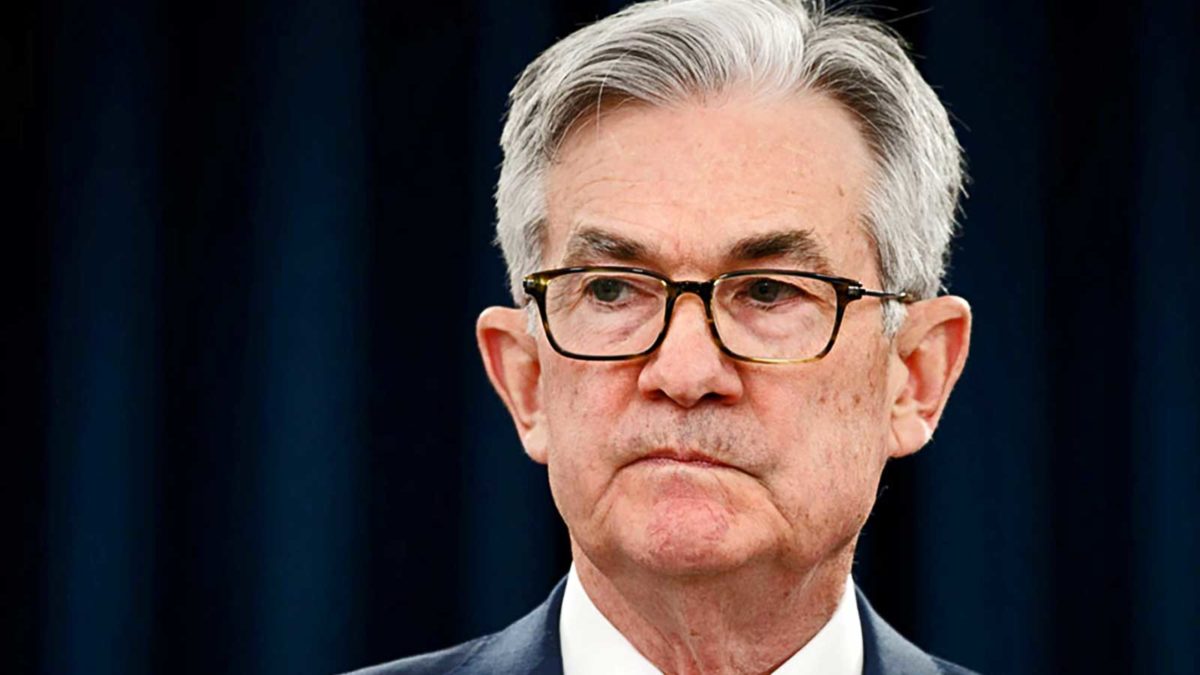The month that was
Evergrande, debt ceiling and volatility
September saw the end of the strongest period for markets in several decades, with most major indices posting a negative monthly return. This ended a run of as many of eleven months without such a result, all starting when the COVID-19 vaccines were announced in November 2020. The Australian market ‘outperformed’ the US, a rare occurrence, with our more old-fashioned industries benefitting from a continued economic recovery. The S&P/ASX200 fell 2.7 per cent whilst the S&P500 was down 4.8 per cent, as the technology sector dragged on signs of a tightening of monetary policy.
After the strongest reporting season in recent history, markets were lacking for direction with all attention back on government and monetary policy. President Biden continues to struggle to pass his landmark infrastructure stimulus bill and is now facing a breach of the debt ceiling that may require another government shutdown. Whilst talk of a default is overstated in terms of its potential and its implications, it represents another hurdle in the return to normal for the US and global economy. On the other hand, Federal Reserve Governor Jerome Powell made the most positive indication yet that the tapering of bond purchases will begin in November. Whilst rate hikes remain some time away, volatility naturally increased on the news as investors grow wary of the implication of higher rates on long-term valuations.
However, this news came with the backdrop of what may be the worst energy crisis the world has faced in decades. As the northern hemisphere enters winter, reports suggest a shortage of both gas and oil may be a massive drag on the global recovery. Oil prices have hit three years highs as OPEC+ refused to increase production. At the same time, the move to more sustainable and renewable technology combined with cost cutting during the pandemic means that there has been very little investment in exploration of production, suggesting the shortage may be a longer-term issue.
This raises an important question for investors; is it sound policy to increase interest rates amid a supply side inflation shock? Interest rates, and tax for that matter, have typically used to slow demand driven inflation when the economy is beginning to overheat, but if the problem is on the supply side, is this the right solution? It would seem on the face of it, probably not. Increasing rates would add another burden to a global economy seeing cost increases in almost every part of their businesses, with demand remaining comparatively low. Only time will tell, but an opportunity is clearly afoot.
Continuing with the headlines, September will likely be remembered as the beginning of the end for China’s largest property developer Evergrande. The group appears to be facing default as their access to capital dries up following the Chinese government’s decision in 2020 to reduce the overheating in the sector. Comparisons to the GFC and Lehman Brother’s collapse are overstated and opportunistic, with little risk of systemic issues. That of course assumes the government, or another party doesn’t step in, with signs this week that a major competitor will take a significant interest in the company, likely with the support of government.
The market, in Australia at least, is a tale of two styles, somewhat exacerbated by the fact that most ETFs and equity managers are unable to hold anything but equities. The story is between cyclicals and technology, or more broadly defensives. On the cyclical side, the energy sector along with financials remain the biggest beneficiaries of the current narrative change in markets. Energy is clearly benefitting from the shortage and booming oil price whilst the financial sector is able to extract more profits in a higher interest rate environment. On the negative side is defensives, including healthcare but most importantly technology, the majority of who’s profits are a long way into the future. An increase in interest rates by its nature increases the discount rate on future earnings and reduces their current value. In September, this was on show with the energy sector delivering a 16.4 per cent return, whilst both the financials and retail sectors were the only others on the positive side of the ledger. On the negative side was the materials sector, down 12.1 per cent after the iron ore price continued to fall heavily. Technology and consumer staples also fell by over 4 per cent in September.









